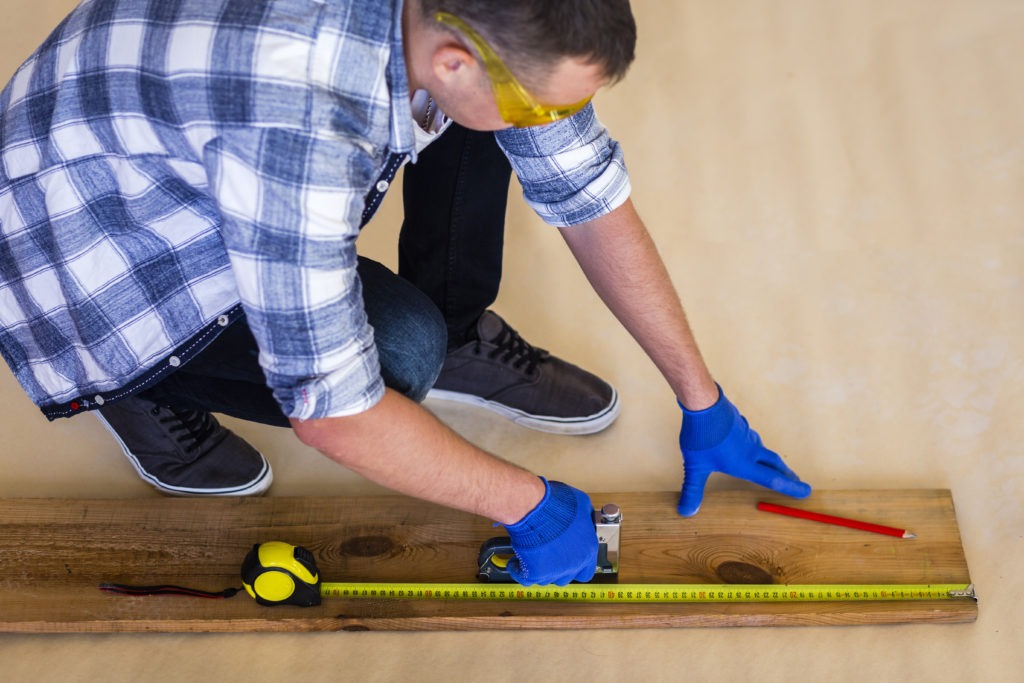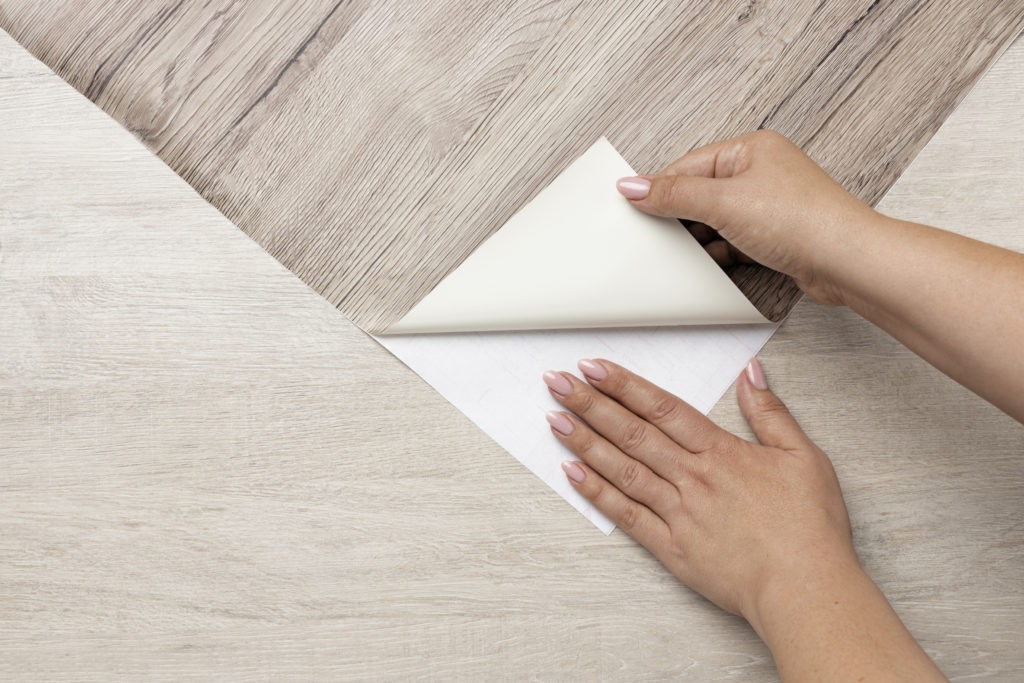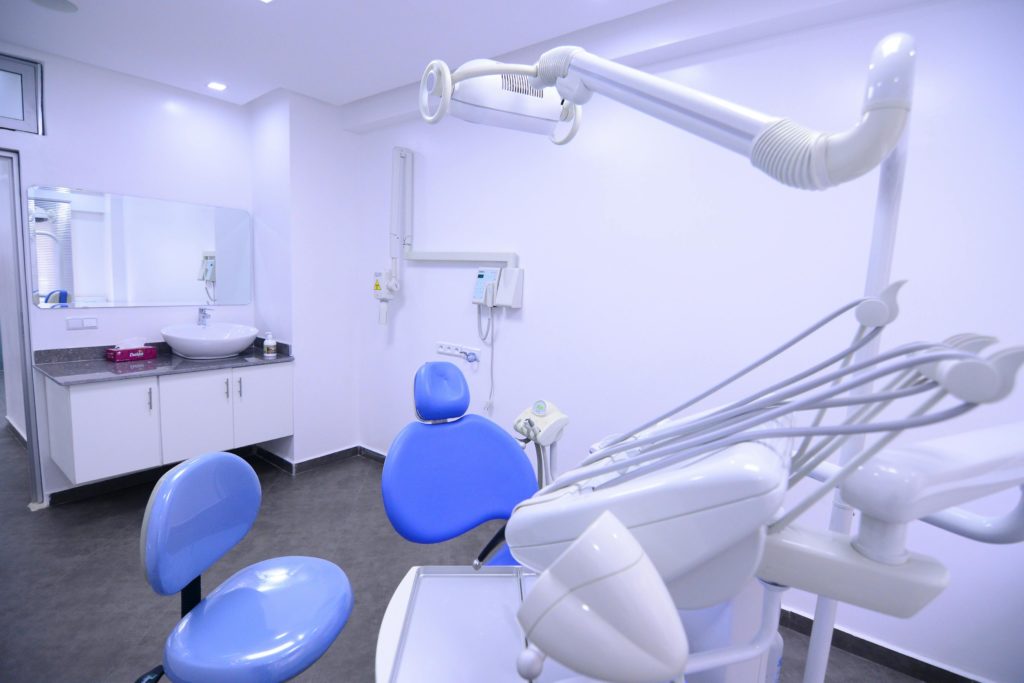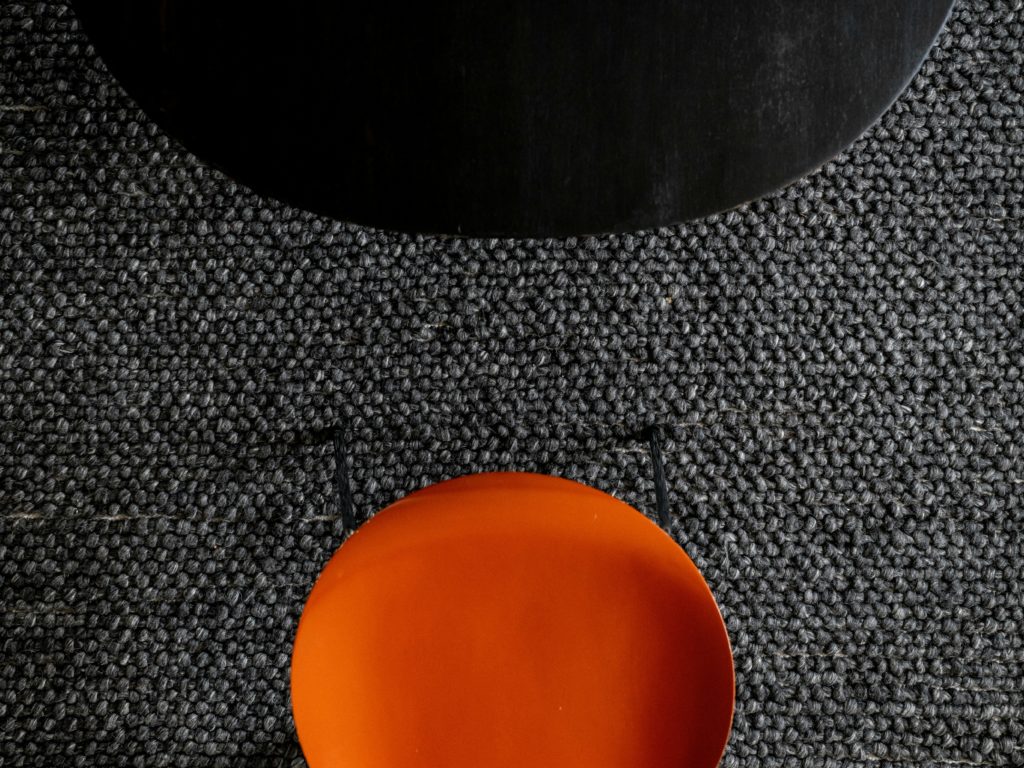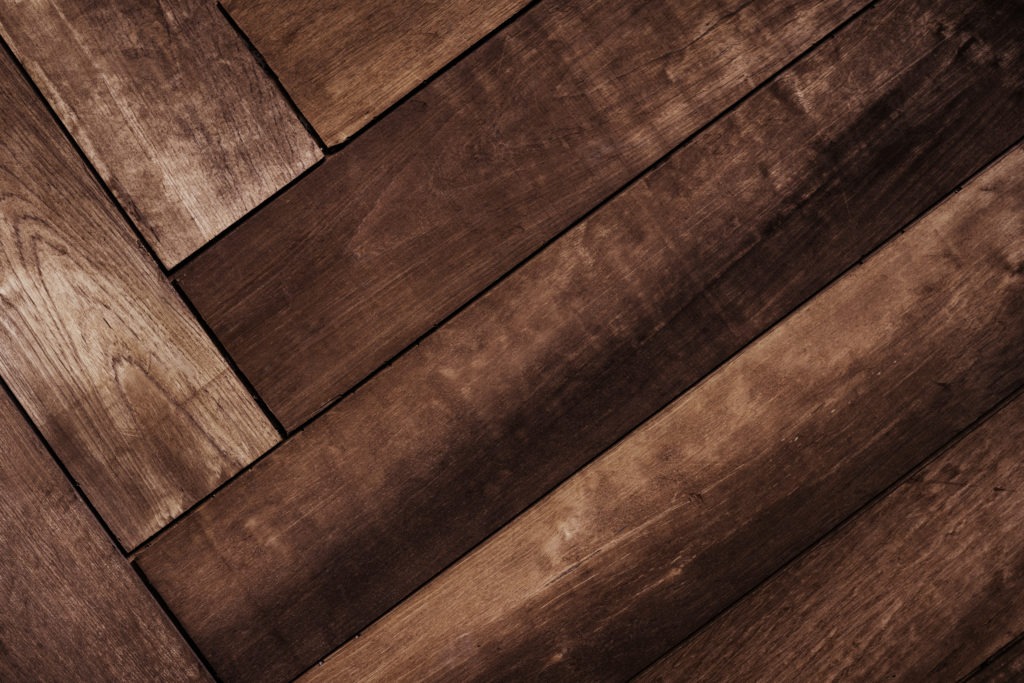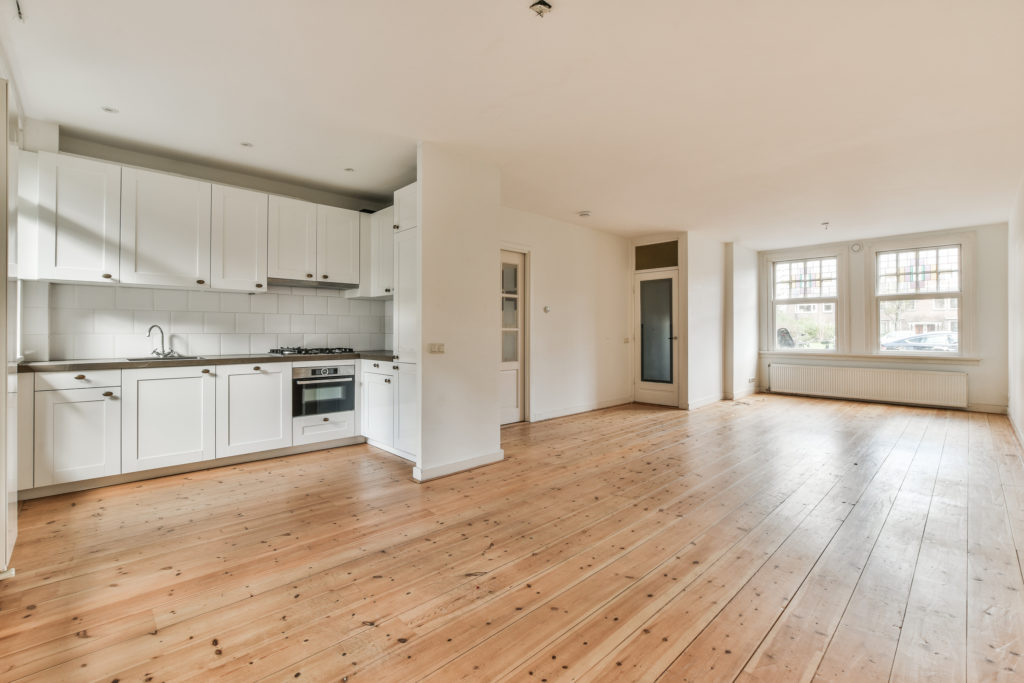Soft underfoot flooring can provide a lot of comfort for both residential areas and commercial settings, especially when carpets or carpet tiles are part of a flooring solution.
The right carpet texture for a specific room can easily provide long-lasting beauty, and with good maintenance, can last for years to come.
However, home and business owners are not just limited to one carpet finish – they can either consider various materials such as wool and synthetic fibres, or opt for the convenience of carpet tiles.
In this article, we highlight the advantages of each finish, how much carpet installation and carpet tile installation could cost, and why carpet or carpet tiles will be best suited for the room makeover you have in mind.
What is the difference between carpet and carpet tiles?

Carpet material for flooring – also called broadloom carpet due to materials woven on a loom – is self-explanatory: Usually, these materials are used for wall to wall installation and are fitted according to a room’s size.
They are sold per roll and come in a variety of colours to choose from to cover an entire flooring project.
Several carpeting options are available, from natural fibres to synthetic options, depending on the preferences and needs of customers.
They can be classified as either loop pile, cut pile, or a combination of both.
Carpet tiles offer a slightly different alternative to traditional carpet flooring.
These floor finishes come in ready-made carpet squares and can be fantastic options for creating patterns and colour variation.
They work equally well for both residential areas and commercial settings, and are available in several material options, such as wool and polypropylene.
Which is better, carpet tiles or carpet?

When weighing the pros and cons of both carpet tiles and carpet, you must remember that usage plays a big part in choosing one or the other.
Let’s take a look at the benefits of both options, and what to remember when it comes to maintenance and fitment.
Carpet tiles: Easy to install, versatile, and cost-effective

Carpet tiles are modular, easy to install carpet squares that are cost-effective, making them a popular choice for commercial settings especially.
However, they also look fantastic in residential homes where they can be used in hallways, bedrooms, kid’s rooms, and even living rooms.
Another appealing factor of carpet tiles is that they are cost-effective due to low waste as well as costing less per square metre than carpets.
If some sections do get damaged over time, it can be easy to replace carpet tiles without needing a full flooring overhaul.
Looking at installation specifically, carpet tiles can easily be transported, and they usually have a quick installation, whether you are replacing certain sections or laying a brand-new surface.
An important consideration to keep in mind is that carpet tiles, unlike broadloom carpeting, will not have a typical smooth appearance, as they will have more joints and seams than broadloom carpets.
Carpet tiles could fray or get loose fibres, which is why they need to be properly secured with the right adhesives to keep them in place.
This should ideally be done by a professional installer who has the skills and knowledge of how to properly install carpet tiles.
Carpets: Luxurious look, better insulation, and a wide range of colours

Wall-to-wall carpets offer a luxurious look and feel, with a wide range of colours and patterns available.
They provide better insulation and can help to reduce noise levels, and if you need to provide flooring solutions for large surfaces, they can provide large-scale patterning or custom designs.
When compared with carpet tiles, wall-to-wall carpets are slightly more time consuming to install, and their installation should ideally be done by a professional team.
The process of installing carpet could also lead to some waste, due to cutting and and needing to shape carpets in flooring types that are not square or rectangular.
Wall-to-wall carpets require more maintenance, including regular vacuuming and occasional deep cleaning.
Tips for extending the life of carpet tiles and wall-to-wall carpets
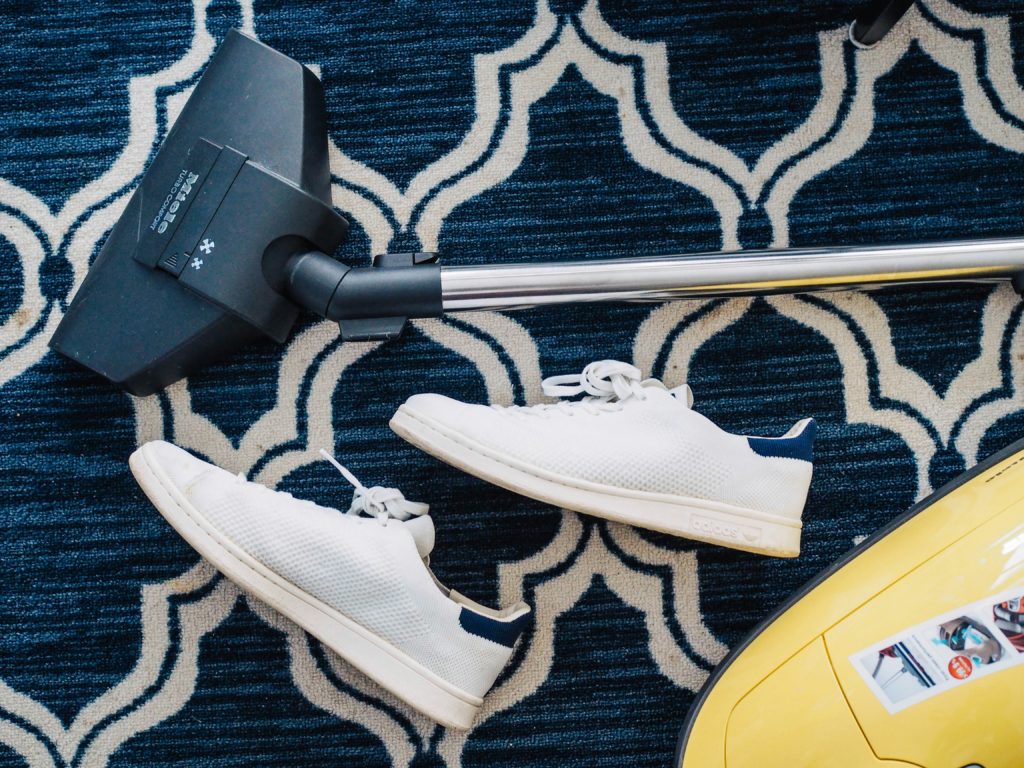
Regular vacuuming and maintenance can help to extend the life of both carpet tiles and wall-to-wall carpets.
Proper installation and acclimatisation can also help to prevent issues with the flooring.
If you plan to lay either carpets or carpet tiles, it is important that you use area rugs or mats for high-traffic areas to ensure your surfaces do not easily get damaged.
Also, spot clean any spills or messes as soon as possible.
Both carpet tiles and carpets can be steam cleaned if there is stubborn dirt or grime, but do check with your flooring provider whether this would be the best option for the flooring you installed.
Remember that the lifespan of both carpet tiles and wall-to-wall carpets will depend on factors such as foot traffic, maintenance, and the quality of the flooring.
Environmental impact of carpet tiles and wall-to-wall carpets
Carpet tiles are often made from recyclable materials and can be reused or recycled at the end of their life cycle.
Also, many carpet tile manufacturers offer eco-friendly options and certifications, such as recycled materials and low-VOC emissions.
In comparison, wall-to-wall carpets may have a higher environmental impact due to how much waste is generated during installation.
However, you can ensure you choose renewable carpet materials by considering finishes such as sisal, organic cotton, wool or bamboo.
Cost comparison: Carpet tiles vs. wall-to-wall carpet
Carpet fittings can cost about £18 to £25 per hour, while materials can range from £6 to £60 per square metre. Ideally, you should budget for underlay as well, at £8 to £12 per square metre.
Carpet tile fitting can cost between £3 and £6 per square metre and the installation process can be £15 to £30 per hour.
Looking at the costs of both applications, carpet tiles are slightly cheaper.
That being said, wall-to-wall carpets may have a higher initial cost, but can provide a luxurious look and feel that may be worth the investment.
Whichever flooring option you choose, you must remember that other services, such as floor levelling, floor repairs, removing old flooring, and other jobs could add to the cost of your flooring installation.
Choosing the right flooring option for your needs

There is no one-size-fits-all when it comes to flooring, so consider factors such as your budget, lifestyle, and personal preferences when deciding between carpet tiles and wall-to-wall carpets.
Think about the level of maintenance and upkeep you are willing and able to commit to.
Also, weigh up the look you want to achieve. For a sleek, seamless look, carpets might be better suited, while modular carpet tiles can be a good fit for offices, kid’s play areas or surfaces where you want to achieve specific patterns.
If you need more guidance on making a choice between carpet or carpet tiles, our expert team would be happy to assist you with solutions, as well as easy installation and maintenance tips.
Contact us today – we look forward to hearing from you!
FAQ
Is carpet tile cheaper than regular carpet?
The installation cost of carpet tiles can be cheaper than regular carpet installations – however, both surface solutions come with several benefits and can provide home and business owners with design flexibility.
Are carpet tiles worth it?
If you are on a tight budget, carpet tiles could be a good solution for flooring with lots of versatility. These flooring solutions are also durable, and with proper maintenance, they can maintain their perfect looks.
Are carpet installations worth it?
If you need to have flooring done for an entire room or living space, carpets, if suited for the areas you have in mind, can create beautiful uniform looks with a soft, underfoot convenience.
How long do carpet tiles last?
Good quality carpet tiles can easily last between ten and 20 years.
How long does broadloom carpets last?
Carpeting usually lasts between five and 15 years.

